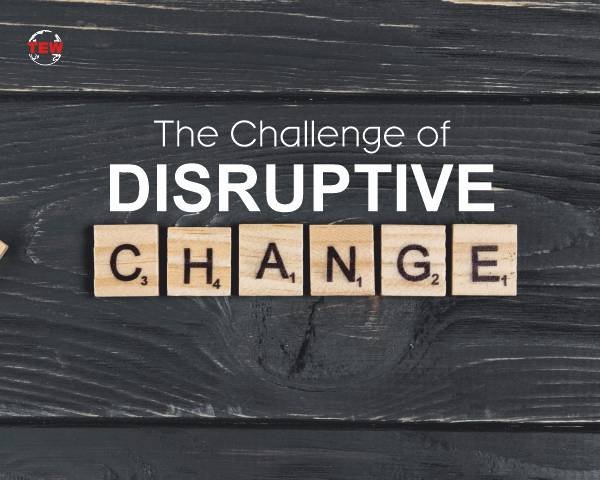This is a world where truly change is the only constant, and seldom this challenge of disruptive change is pretty hard for the big organizations to adapt to. Often very few companies are able to innovate successfully. The needs of the market change day in and day out, and it will continue to do so. With such recurring changes, the business managements will have to find new ways to adapt to these.
What exactly is this disruptive change then?
Disruptive change can be defined as a change that is not localized and becomes irreversible eventually. This is the kind of change that affects a portion of the industry. Disruptive changes can be a result of the market trends that also cause a shift in the production that fit the customer demands. The best example of this is the introduction of the mobile phones. Mobile phones were introduced to replace the regular analogue phones. The first mobile phones had poor sound quality and were also expensive. With time, better phones came out in the market, innovations made way for better phones, or what we call today the ‘smart phones’.
It is evident that the challenge of disruptive change suffers lower performances initially in the mainstream market. The indicators of a disruptive change can be seen early which allows the managers of businesses to deal with them, although, sometimes the change is not clear until the very last moment.
Some of the common indicators for a disruptive change can be-
- Changes in government policies and regulations
- Market availability of the products
- Vast customer dissatisfaction
- The public sentiments,
And many more of such.
This challenge of disruptive change can impact many companies and its effects depend on the preparedness of the companies, how well do they deal with the change and adapt to it. Some businesses get swallowed in during the process, while there are some businesses that emerge quite big. After all, the consequences of a change depend completely upon how people decide to take it. Some people try to ignore the situation and decide to do nothing about it, while some people play smart and minimize the disruption a change has caused by adopting to it as quickly possible.
Dealing with a disruptive change is not as hard as it may seem. You just need to have a proper market analysis and also the analysis of the enterprise as a whole. As a business manager you need to understand the trend of the market and also the nature of the challenge. The next step is accepting the challenge and exploring new possibilities.
To explore the new possibilities you need to consider the past and present trends to take into consideration the future possibilities. As the changes in the industries are ever-changing, changes in the market trends are inevitable. And for the business to succeed, it is the responsibility of the managers to identify the change indicators the earliest and be prepared to deal with it all.
Change will neither knock you on the door, nor will it give you a second chance. It is better that we be prepared. And as it goes, precaution is better than cure!





